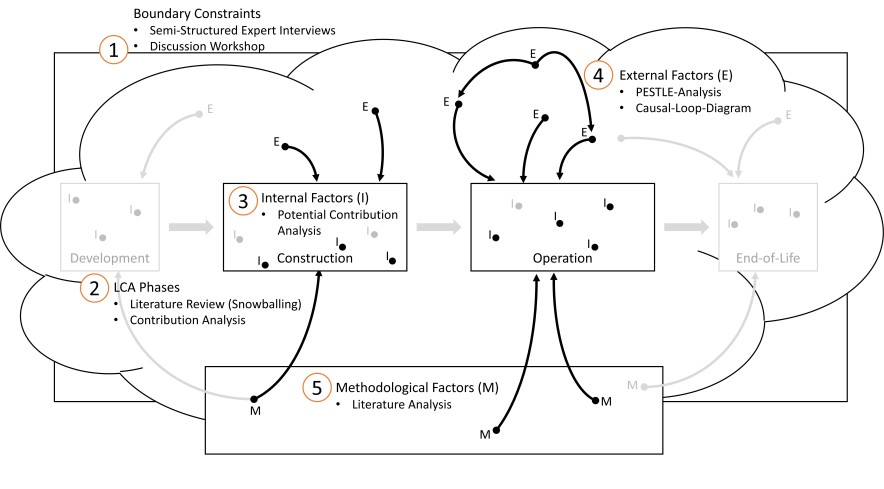Unlocking Sustainability: New publication on the integration of high-temperature aquifer thermal energy storage in district heating networks
2024/06/07

The integration of high-temperature aquifer thermal energy storage (HT-ATES) systems into district heating networks represents a significant stride toward sustainable energy solutions. A recent paper titled “Identification of key factors for the sustainable integration of high-temperature aquifer thermal energy storage systems in district heating networks” sheds light on crucial aspects vital for the success of such integrations.
The study employs a meticulous five-step approach blending literature review and expert consultation to delineate potential environmental and economic determinants pivotal to the sustainable fusion of HT-ATES into district heating systems.
Among the identified factors, construction and operation phases emerge as focal points significantly impacted by drilling activities, heat production methods, and energy consumption associated with system operations. Critical internal factors include subsurface construction and electricity requirements for pumps and heat extraction processes, underscoring the need for efficiency improvements and sustainable energy sourcing.
External factors such as regulatory frameworks, technological complexities, and socio-political dynamics exert a profound influence on HT-ATES viability. Notably, political support, financial incentives, and societal demands for climate action are pivotal in shaping the landscape for sustainable energy integration.
Methodological considerations further refine the analysis, emphasizing the importance of robust life cycle assessment (LCA) methodologies in evaluating environmental impacts and life cycle costing (LCC) for economic evaluations. The study underscores the significance of system boundary definition, choice of databases, and temporal considerations in capturing the full spectrum of environmental and economic implications.
While the paper provides a comprehensive framework for identifying key factors, it also calls for further quantitative research to substantiate these findings. As HT-ATES represents a nascent area of study, comprehensive LCA and LCC studies are essential for quantifying the identified factors and informing future decisions in sustainable energy planning.
In essence, this research not only illuminates the path toward sustainable energy integration but also lays the groundwork for future investigations, offering a blueprint applicable not only to HT-ATES but also to the broader landscape of energy system transitions.

